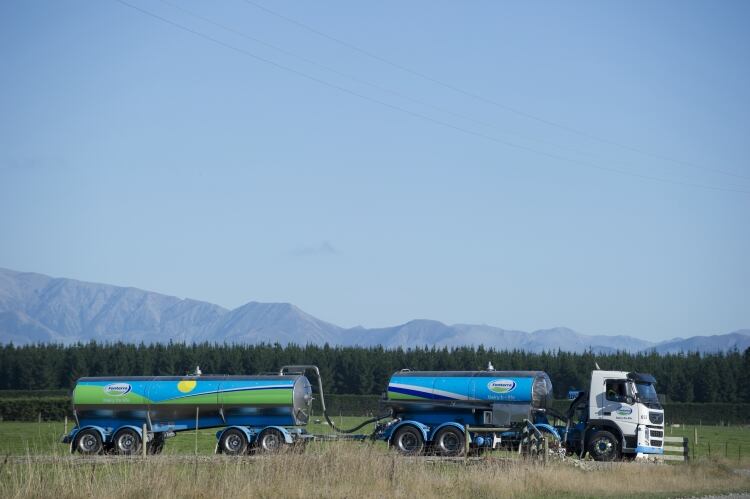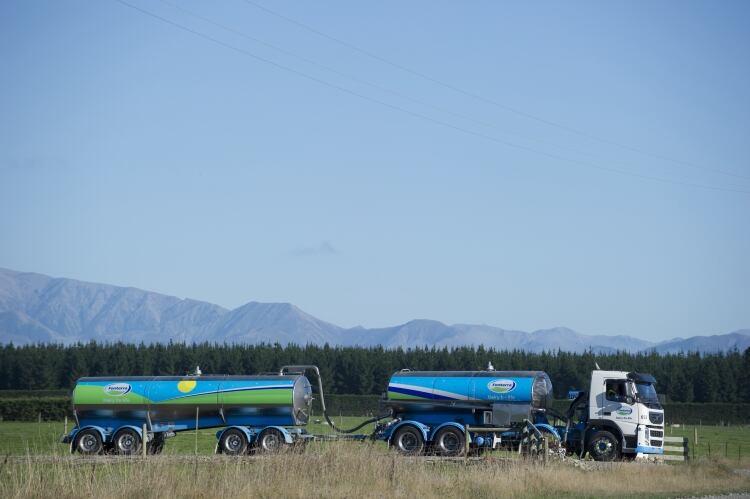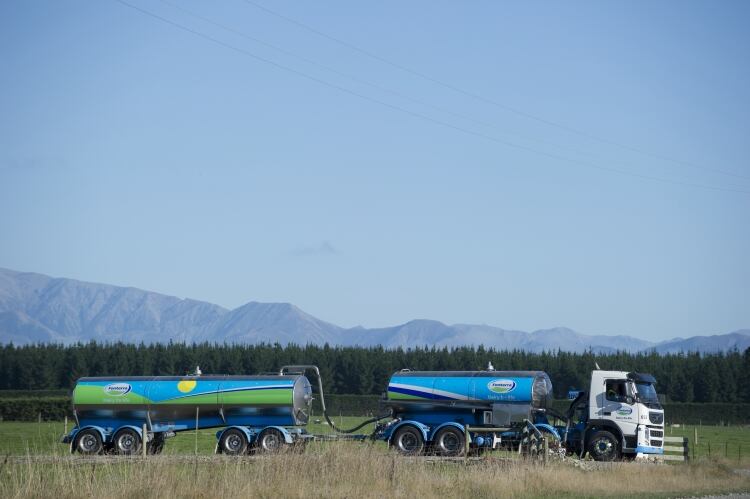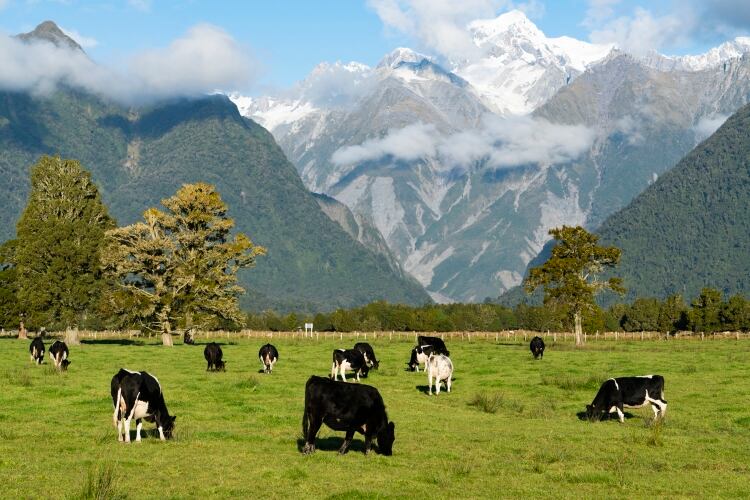This increases the midpoint of the range, which farmers are paid off, by 50 cents to NZ$9.20 per kgMS (US$6.14).
Fonterra CEO Miles Hurrell said the increase in the 2021/22 forecast Farmgate Milk Price range is good news for both farmers and New Zealand communities. The new midpoint of $9.20 per kgMS would contribute NZ$13.8bn (US$9.21bn) to the New Zealand economy this season.
“The increase is the result of consistent demand for dairy at a time of constrained global milk supply.
“In general, demand globally remains strong – although, we are seeing this vary across our geographic spread. Overall, global milk supply growth is forecast to track below average levels, with European milk production growth down on last year and US milk growth slowing due to high feed costs.
“It’s a similar supply picture in New Zealand. Earlier this month we reduced our forecast milk collections for 2021/22 from 1.525bn kgMS to 1.5bn kgMS due to varied weather and challenging growing conditions.
“While the higher forecast Farmgate Milk Price does put pressure on our margins in our consumer and foodservice businesses, prices in our ingredients business are favorable for milk price and earnings at this stage. As a result, we remain comfortable with our current 2021/22 earnings guidance of 25-35 cents per share.”
Hurrell says there are a number of factors the Co-op is keeping a close eye on, including growing inflationary pressures impacting on operational costs, the increased potential for volatility as a result of high dairy prices and economic disruptions from Covid-19, particularly as governments respond to the rapid spread of the omicron variant.




